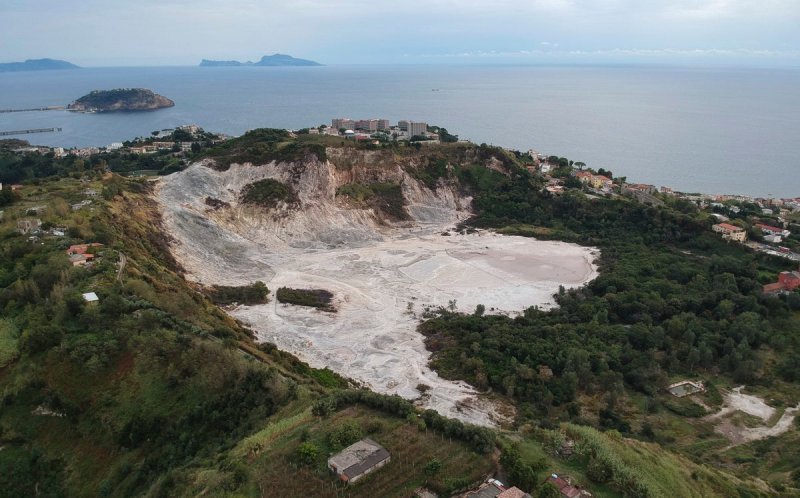Scientists monitor subtle changes near Naples
The Campi Flegrei supervolcano, located near Naples in southern Italy, is exhibiting new signs of geological activity that have caught the attention of researchers worldwide. This vast volcanic system, one of the largest in Europe, has a history of powerful eruptions capable of altering regional and even global climates.
Recent observations indicate minor seismic movements and gradual ground deformation. Experts believe these phenomena could be linked to the movement of gases or magma beneath the surface. However, scientists emphasize that there is currently no indication of an imminent eruption. Continuous monitoring efforts include seismic sensors, thermal readings, and gas analysis to track any changes in the volcano’s behavior.
Historical background and ongoing safety measures
The name Campi Flegrei, which translates to “burning fields,” originates from Latin and reflects the area’s intense geothermal activity. Its most significant eruption occurred around 40,000 years ago, spreading volcanic ash across southern Europe and impacting the planet’s climate. Ancient Greek and Roman legends even described the site as the mythical entrance to the underworld.
Today, Italian authorities and research institutions continue to collaborate on maintaining comprehensive monitoring systems and emergency preparedness plans. While the probability of a major eruption remains low, experts stress the importance of readiness in such a densely populated region.
Beyond local safety, studying Campi Flegrei offers valuable insights into the behavior of supervolcanoes and their potential influence on Earth’s long-term geological and climatic balance.



